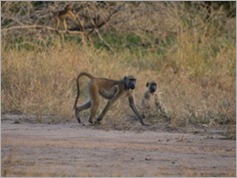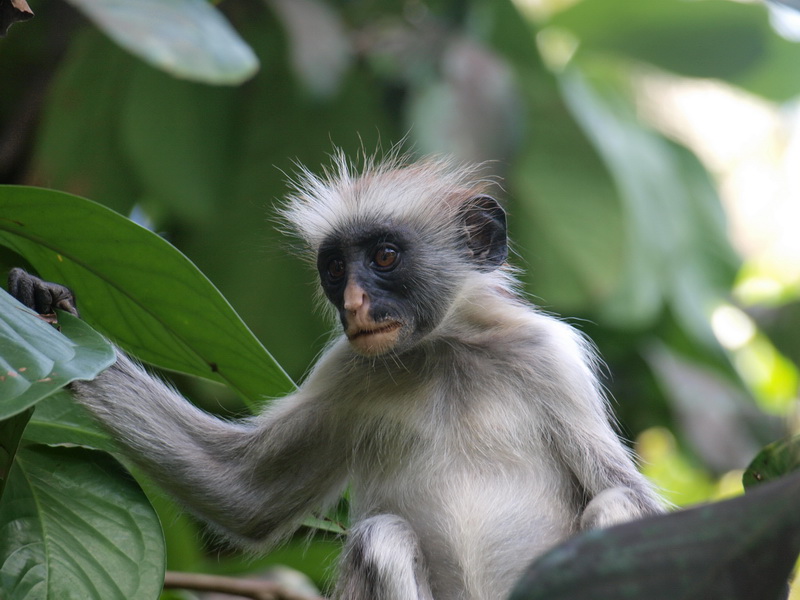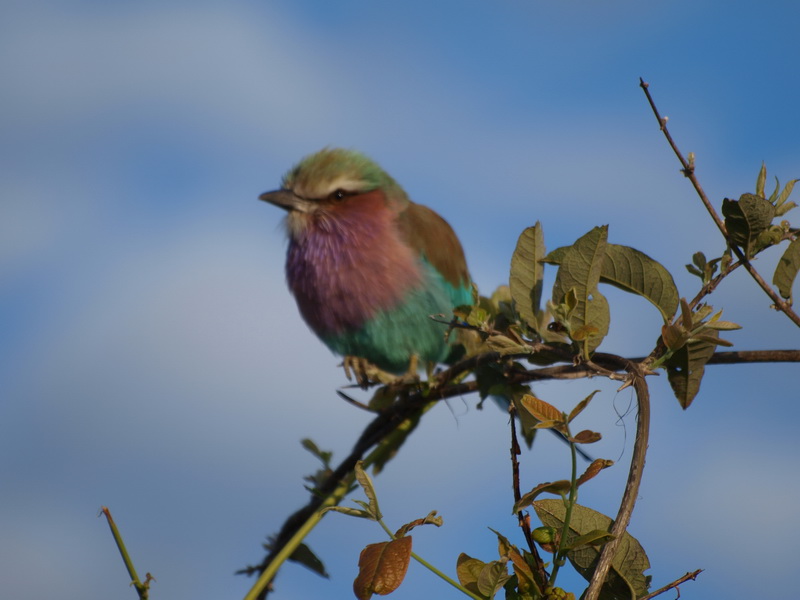Not 10 minutes after crossing the border we encountered our first police road block. We were asked for our TIP and drivers licence by one officer and the other officer pointed out that 200m up the road we had passed another vehicle on the “unsafe” bend. (We had passed a vehicle, which was doing all of 10 km/h, just after the bend where there were no road markings and you could see forever). Time to play the “I don’t understand” card. Wayne just kept saying he didn’t understand, and as usual, they could barely understand him and I just kept quiet instead of translating like I usually do. After them asking whether we spoke Portuguese or Shona (yeah right), they eventually gave in and with an unimpressed wave of the hand waved us on. I’m not 100% sure, but I think that was our first bribe attempt. All the other police road blocks we passed we were waved through.
We headed for the Gorongosa National Park, stopping off in Chomio to get some money and diesel (fuel is cheaper in Moz). Not long after crossing the border we knew we were in the “real” Africa when we could now buy whatever we liked from the side of the road, whether that be a new lounge, bed, mattress, furniture, fruit, wood, chickens, you name it! There were people walking on the road everywhere and things were dirty, not from garbage but from dirt. People were not quiet as friendly and most did not return our waves, but they did still stare at us.
The road to Gorongosa was reasonably good, although there were a large number of potholes that needed to be avoided. The last 40km or so into the park is dirt. The road has a lot of small holes in it and makes the going pretty slow, 25 km/h being about the maximum speed and even then it was very rough. We arrived at the gate to be warmly greeted by the guard. After some disjointed conversation we worked out we needed to take 2 pieces of paper with us to the camp site where we would pay our fees, although we weren’t entirely sure what those fees were as the guard seemed to be quite confused himself.
We arrived at Chitengo Camp and found out that there is a once off fee of 525 Mtc per person and 500 Mtc per vehicle, a total of about $50. It is then 310 Mtc per person to camp, so about $20 in total. The thing I don’t like is they then also charge you to drive your own vehicle on a game drive – 875 Mtc ($28) per day. Yes it is cheaper than their game drives, but when you have already paid a vehicle fee and you are coming to a National Park to see animals it is a bit rude.
The camp itself is pleasant enough with heaps of shade and basic amenities. There are no sites as such, just pitch wherever you like. Last night there was an overland group and a couple of other campers and tonight there is only us and another couple, so it is pretty quiet (although last night the staff seemed to want to play repetitive music around midnight).
The park itself is attractive, and there are animals here, although not in abundance. We did see some Oribis, which are new for us and a Bushbuck as well as loads of Waterbuck, Warthogs, Baboons and Impalas and birds. On our last drive, close to camp, we saw a herd of about 20 elephants cross the road in front of us. Although we were not particularly close to them, they were quite agitated and stressed. A number of them turned around to face us, flapping their ears and swaying and a couple trumpeted and charged us. They were really not happy at all. 20 odd years ago most of the elephants in Gorongosa were killed, but there are a few that still survive today and remember what happened – they do say elephants never forget. If today’s reaction was any indication, I would have to say I agree as we have never seen a whole group of elephants be so upset and uneasy.




















